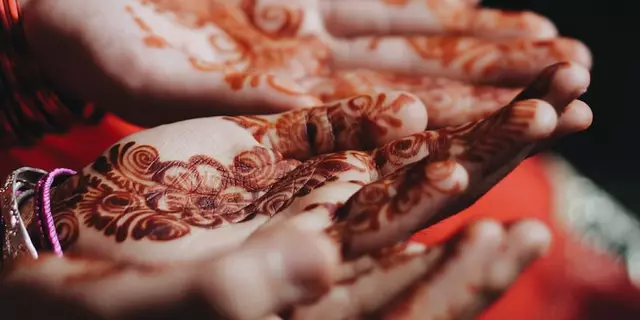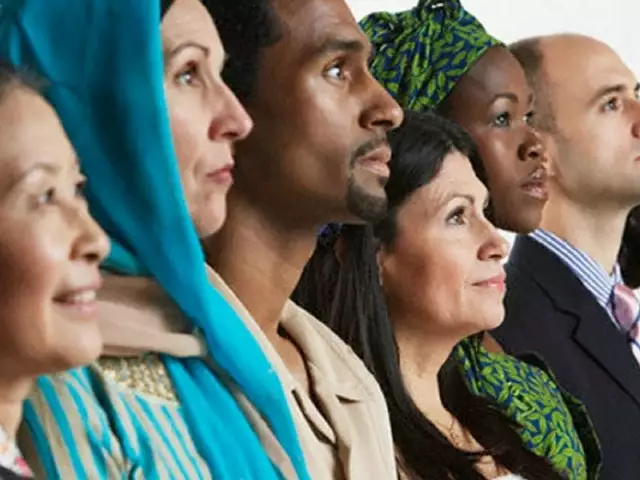
On November 21, 2025, Homebound arrives on Netflix — not as just another streaming release, but as a cinematic event that’s already carved its name into global film history. Directed by Neeraj Ghaywan, the Hindi-language drama that stunned audiences at Cannes and earned India’s Oscar bid is now accessible to millions worldwide. The film, which first hit theaters on September 26, 2025, after a nine-minute standing ovation at the 78th Cannes Film FestivalCannes, has been quietly reshaping how the world sees rural India’s hidden fractures — and now, it’s coming to living rooms.
The Real Story Behind the Screen
At its core, Homebound is rooted in a haunting moment from April 2020, during India’s brutal nationwide lockdown. Journalist Basharat Peer’s New York Times article chronicled two childhood friends — Mohammad Saiyub, a 22-year-old Muslim, and Amrit Kumar, a 24-year-old Dalit — walking 15 miles through empty highways to find a truck that would carry them home. Their journey wasn’t about survival alone; it was about dignity in a country that had forgotten them. Ghaywan didn’t fictionalize their story — he amplified it. In the film, the characters are renamed Shoaib (played by Ishaan Khatter) and Chandan (Vishal Jethwa), but the emotional truth remains untouched.
How a Bollywood Studio and a Hollywood Legend Collided
Produced by Dharma Productions — the Mumbai-based powerhouse founded by Hiroo Johar and now led by Karan Johar — the film carried the weight of mainstream Bollywood expectations. But it was the quiet intervention of Martin Scorsese that elevated it beyond national borders. As executive producer, Scorsese watched three cuts of the film, offered feedback on pacing, and helped refine its emotional arc. French producer Mélita Toscan du Plantier brought him on board, recognizing the film’s universal resonance. That’s rare: a global icon like Scorsese investing time in a regional Indian story — not as a curiosity, but as a masterpiece in the making.
A Festival Run That Defied Expectations
After its Cannes premiere, Homebound didn’t fade into obscurity. It traveled. It was screened at the Melbourne International Film Festival in August, then landed in the Gala Presentation slot at the 2025 Toronto International Film FestivalToronto, where it placed second runner-up for the International People’s Choice Award. Critics called it "a quiet earthquake of a film." The fact that it was selected as India’s official entry for the 98th Academy Awards wasn’t surprising — it was inevitable.
Behind the Camera: Shot in Silence, Heard Everywhere
Filmed in 2024 around Bhopal, Madhya Pradesh, the movie’s visual language is deliberate. The 1.66:1 aspect ratio feels intimate, almost claustrophobic — like the walls closing in on Shoaib and Chandan. Dolby Digital sound design amplifies every footstep, every silence between words. The runtime? 119 minutes. No filler. No spectacle. Just raw, unflinching storytelling. The $63,093 box office gross might seem modest, but it’s misleading. This wasn’t meant for multiplexes. It was meant for conversations.
Why This Matters Now
Homebound arrives on Netflix at a time when India’s social tensions are once again under global scrutiny. The film doesn’t preach. It observes. Two boys who grew up sharing rotis and dreams, now separated by caste, religion, and systemic neglect — and still, they cling to each other. That’s the twist: their friendship isn’t broken by hatred, but by desperation. And that’s what makes it devastating. For viewers outside India, it’s a window. For those inside, it’s a mirror.
What’s Next?
The Academy Awards ceremony is scheduled for February 2026. If Homebound makes the final shortlist, it will be only the third Indian film in the last decade to do so — and the first since RRR in 2023 to carry such quiet, unadorned power. Netflix’s global rollout means the film will be subtitled in over 30 languages. Schools in Delhi and Mumbai are already planning screenings. And Ghaywan? He’s reportedly working on a documentary series about the real-life inspirations behind the film.
Behind the Scenes: The Making of a Masterpiece
Neeraj Ghaywan’s previous film, Masaan (2015), also premiered at Cannes and became a landmark in Indian cinema. But Homebound feels like his most personal work. He spent months with the families of the real-life subjects, even visiting Devari, the village in Uttar Pradesh where the story began. "They didn’t want to be heroes," he told Time in an exclusive interview. "They just wanted to be seen." The film’s alternative title, Jak bracia — Polish for "Like Brothers" — was added by Scorsese, who saw the bond as transcending borders.
Frequently Asked Questions
Why is Homebound considered a strong Oscar contender?
Homebound stands out for its emotional authenticity, restrained direction, and powerful social commentary rooted in a real event from India’s COVID lockdown. Its Cannes standing ovation, Toronto audience award, and selection as India’s official Oscar entry signal strong international recognition. Unlike flashy blockbusters, it earns its weight through quiet power — a trait that often resonates with Academy voters.
Who are the real people behind Shoaib and Chandan?
The characters are based on Mohammad Saiyub, a 22-year-old Muslim man, and Amrit Kumar, a 24-year-old Dalit, from Devari village in Uttar Pradesh. Their 15-mile walk during the 2020 lockdown, captured in Basharat Peer’s New York Times article, became the emotional anchor of the film. Ghaywan met them multiple times during production and ensured their voices shaped the script, though names were changed for narrative clarity.
How did Martin Scorsese get involved?
French producer Mélita Toscan du Plantier, who had worked with Scorsese before, sent him an early cut of Homebound. He was moved by its restraint and emotional honesty, and offered to help refine the editing. He watched three versions, suggested tightening the middle act, and encouraged Ghaywan to trust silence over dialogue — a hallmark of Scorsese’s own films.
Why was the film shot in Bhopal instead of Uttar Pradesh?
Although the real story took place in Uttar Pradesh, filmmakers chose Bhopal for logistical reasons — better infrastructure, local cooperation, and similar rural landscapes. The production team recreated the village of Devari with local artisans, using authentic architecture and clothing to preserve cultural accuracy despite the location change.
What’s the significance of the 1.66:1 aspect ratio?
The 1.66:1 ratio — uncommon in modern Indian cinema — was chosen to evoke the intimacy of 1970s European dramas. It frames characters tightly, emphasizing their isolation within a vast, indifferent society. This visual choice mirrors the film’s theme: two men trapped not just by circumstance, but by the invisible walls of caste and religion.
Will there be a sequel or spin-off?
Neeraj Ghaywan has confirmed he’s developing a documentary series titled "The Real Homebound," following the lives of Mohammad Saiyub and Amrit Kumar today. The series will explore how their lives changed after the lockdown — and whether dignity, once glimpsed, can ever be reclaimed.


